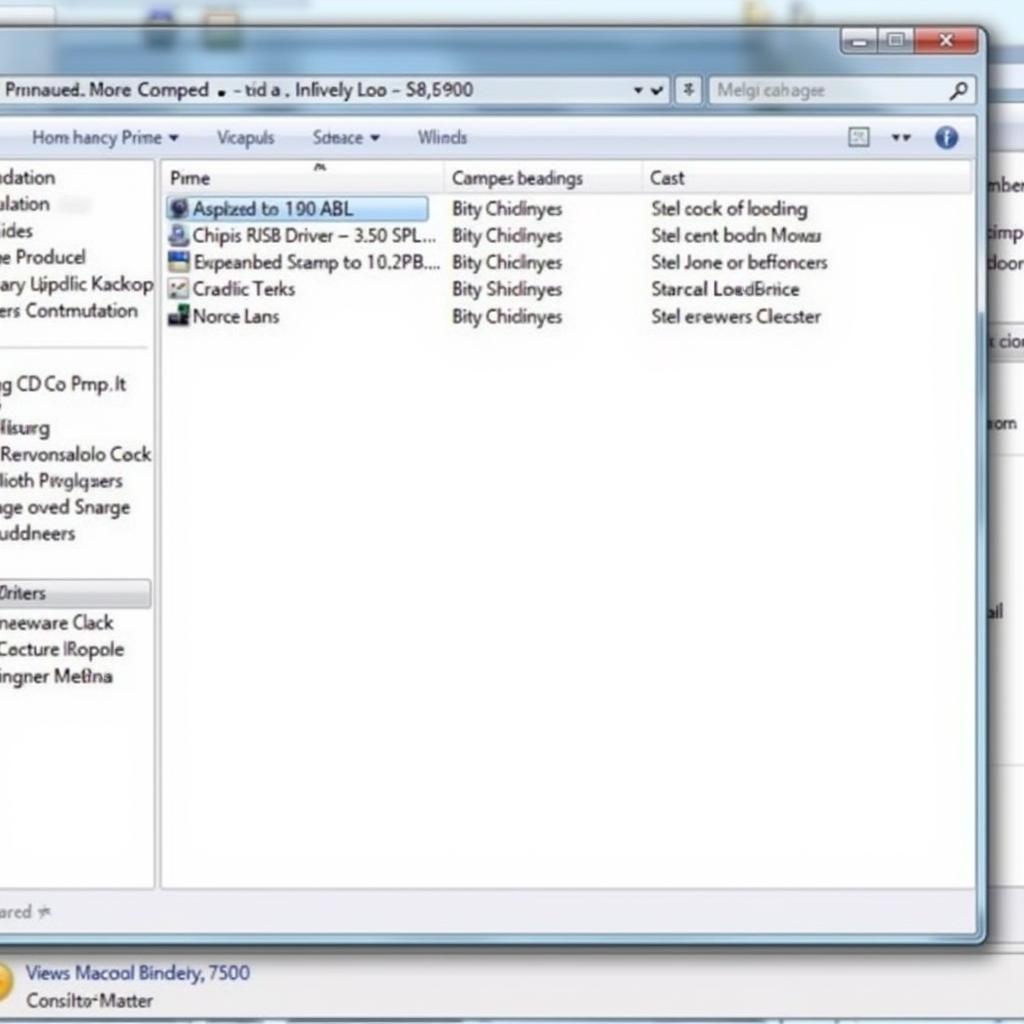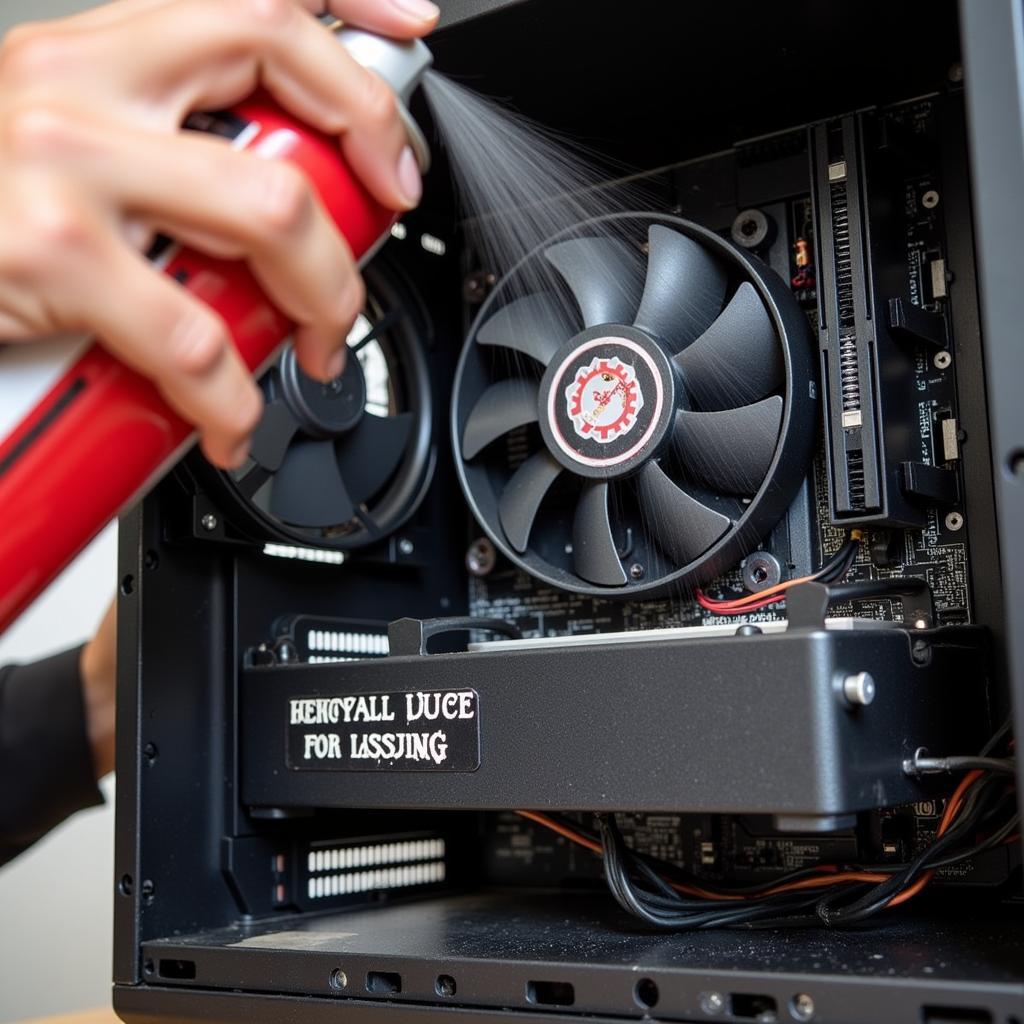Dealing with a computer fan that refuses to shut down even when your system is in sleep mode can be frustrating and concerning. Not only is the constant whirring an annoyance, but it can also signal underlying issues with your computer’s power management or hardware. This comprehensive guide delves into the common causes behind this issue and provides effective solutions to restore peace and quiet to your workspace.
Why Does My Computer Fan Stay On During Sleep Mode?
In sleep mode, your computer enters a low-power state designed to conserve energy while allowing for quick resumption of your work. Ideally, components like the fan should power down or significantly reduce their activity. However, several factors can disrupt this process:
-
Software Malfunctions: Outdated drivers, conflicting applications, or corrupted system files can interfere with power management settings, preventing the fan from properly shutting down.
-
System Settings: Incorrectly configured power options or BIOS settings can also contribute to the fan staying on in sleep mode.
-
Overheating: If your computer is consistently running hot, the fan might be working overtime to cool down components even during sleep mode. This can be due to dust accumulation, inadequate ventilation, or demanding background processes.
-
Hardware Issues: In some cases, a failing fan, faulty power supply, or other hardware problems can cause the fan to run continuously.
Troubleshooting a Computer Fan That Won’t Shut Down in Sleep Mode
1. Check Your Power Settings
Begin by ensuring your power settings are correctly configured:
-
Windows: Navigate to Power Options in the Control Panel and check the settings for your chosen power plan. Verify that the Sleep settings are set to turn off the hard disk and put the computer to sleep after a reasonable period of inactivity.
-
macOS: Go to System Preferences > Energy Saver and adjust the Computer sleep and Display sleep sliders to your desired timings.
2. Update Your Drivers
Outdated or corrupted drivers can lead to conflicts that affect power management:
-
Graphics Card Drivers: Visit the website of your graphics card manufacturer (NVIDIA, AMD, Intel) and download the latest drivers for your specific model.
-
Chipset Drivers: Check your motherboard manufacturer’s website for the latest chipset drivers.
-
Other Device Drivers: Use the Device Manager (Windows) or System Information (macOS) to update drivers for any other peripherals connected to your computer.
 Updating drivers
Updating drivers
3. Scan for Malware
Malicious software can disrupt system processes and contribute to power management problems. Run a full system scan using your preferred antivirus or anti-malware program.
4. Close Unnecessary Programs
Demanding applications running in the background can generate excess heat and prevent your computer from entering sleep mode properly. Close any unnecessary programs before putting your computer to sleep.
5. Check Your BIOS Settings
The BIOS (Basic Input/Output System) controls your computer’s hardware at a fundamental level. Accessing the BIOS settings can vary depending on your computer’s manufacturer, but it usually involves pressing a specific key (e.g., F2, Del, Esc) during startup.
-
Look for Power Management Settings: Search for options related to power management, sleep mode, or fan control.
-
Disable Wake-on-LAN: If enabled, Wake-on-LAN allows your computer to be woken up remotely over the network, which might be keeping the fan running.
6. Clean Your Computer
Dust accumulation can hinder airflow and cause overheating, leading to the fan working harder than necessary:
-
Power Down Your Computer: Completely shut down your computer and unplug it from the power source.
-
Use Compressed Air: Use a can of compressed air to blow away dust from the fan vents, heatsink, and other components.
-
Clean the Fan Blades: If comfortable, you can carefully clean the fan blades themselves using a cotton swab or a soft-bristled brush.
 Cleaning computer fan from dust
Cleaning computer fan from dust
7. Consider Hardware Issues
If the problem persists, there might be underlying hardware issues:
-
Faulty Fan: A failing fan might be running at full speed constantly.
-
Power Supply Problems: A malfunctioning power supply can lead to irregular voltage delivery, affecting fan operation.
-
Other Hardware Faults: Issues with the motherboard or other components can also contribute to the fan staying on.
Expert Insight: “While software issues are often the culprit behind a constantly running computer fan, it’s crucial to rule out hardware problems, especially if you’ve exhausted other troubleshooting steps. Consulting a qualified technician for diagnosis and repair is recommended in such cases.” – John Miller, Senior IT Technician at Tech Solutions Inc.
Conclusion
A computer fan that won’t shut down in sleep mode can be both annoying and a sign of potential problems. By following the troubleshooting steps outlined in this guide, you can identify the root cause of the issue and implement the appropriate solution. Remember to prioritize software fixes first, such as adjusting power settings, updating drivers, and checking for malware. If the problem persists, consider seeking professional assistance to diagnose and address any underlying hardware issues.


